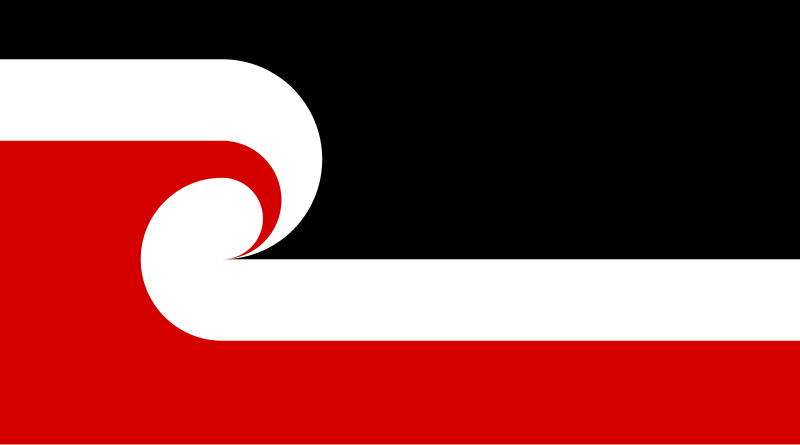Listening to an RNZ segment on 'cellphones network reliability in a natural disaster" - https://www.rnz.co.nz/news/national/541707/how-to-keep-cellphones-working-during-a-natural-disaster I'm reminded of the Ōtautahi quakes in 2011, & the comms issues here. The real solution to the problem isn't the cellphone infrastructure... it's letting cellphones talk to one another directly - which telcos don't want, because they can't *control* & monetise it, although it could be mandated by civil defence regulation. 1/2

I also remember the #libre Serval Project, started by some Aussies who went to Haiti to help following their catastrophic 2010 quake and saw the need for this. The project appears pretty dormant these days (https://servalproject.com) but the Wayback Machine shows it nearer its heyday: https://web.archive.org/web/20140221081959/http://www.servalproject.org/ It was very very cool, but I suspect very strongly rejected by telcos. I'm thinking we might need to force the issue with gov't regulation.
2/2
@lightweight I used to work in telecommunications (20+ years ago). I periodically worked in the Washington DC office. I recall mobile phones with then-new Push-To-Talk (PTT) capabilities. In the late 90s (1996 I think), there was a big Nor'Eastern snow storm that closed federal services and crippled travel for a good few days and my colleagues used the PPT capability to contact stranded/snowed-in staff and managed remote field crew. Either that, or my memory is playing tricks on me.
@jond interesting... I don't remember that storm (I was in Seattle or NZ at the time). I wonder if the PTT functionality was open source, like the Serval Project? I suspect not...
@lightweight I think it was a NexTel (sp?) service. I worked for a joint venture comprised of Sprint, France Telecom and Deutsch Telekom and it wasn't over our network.
